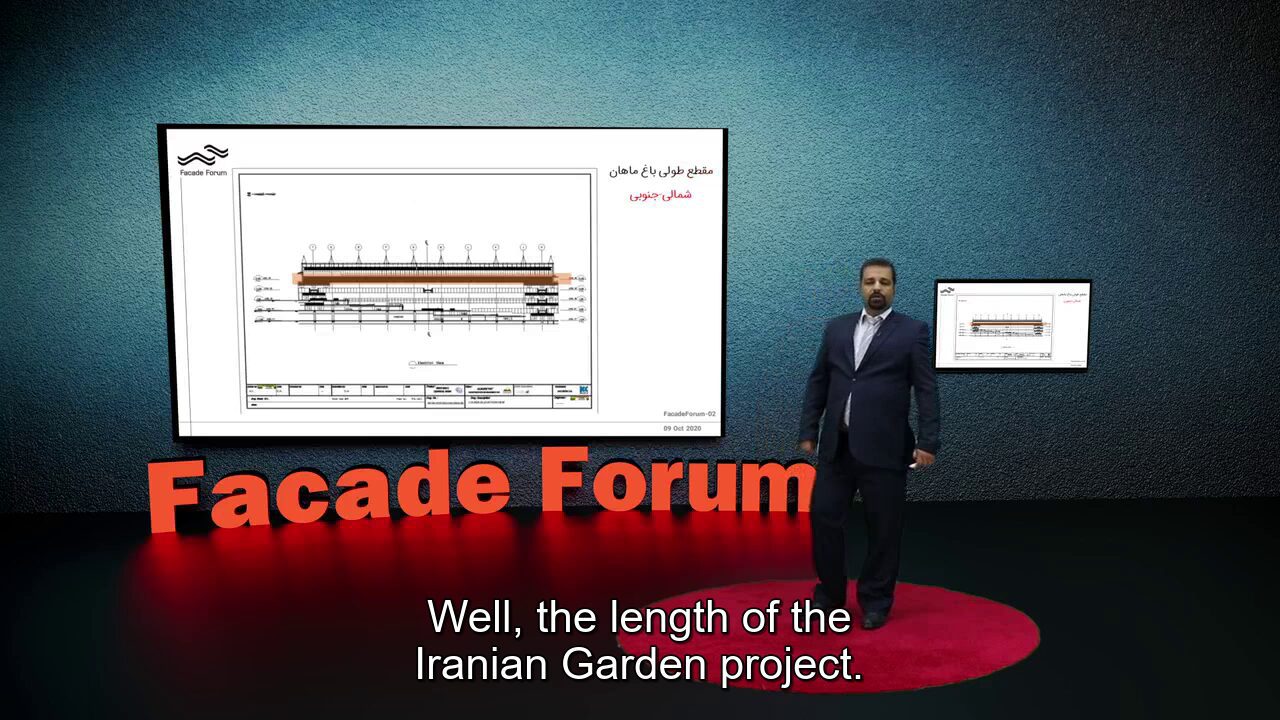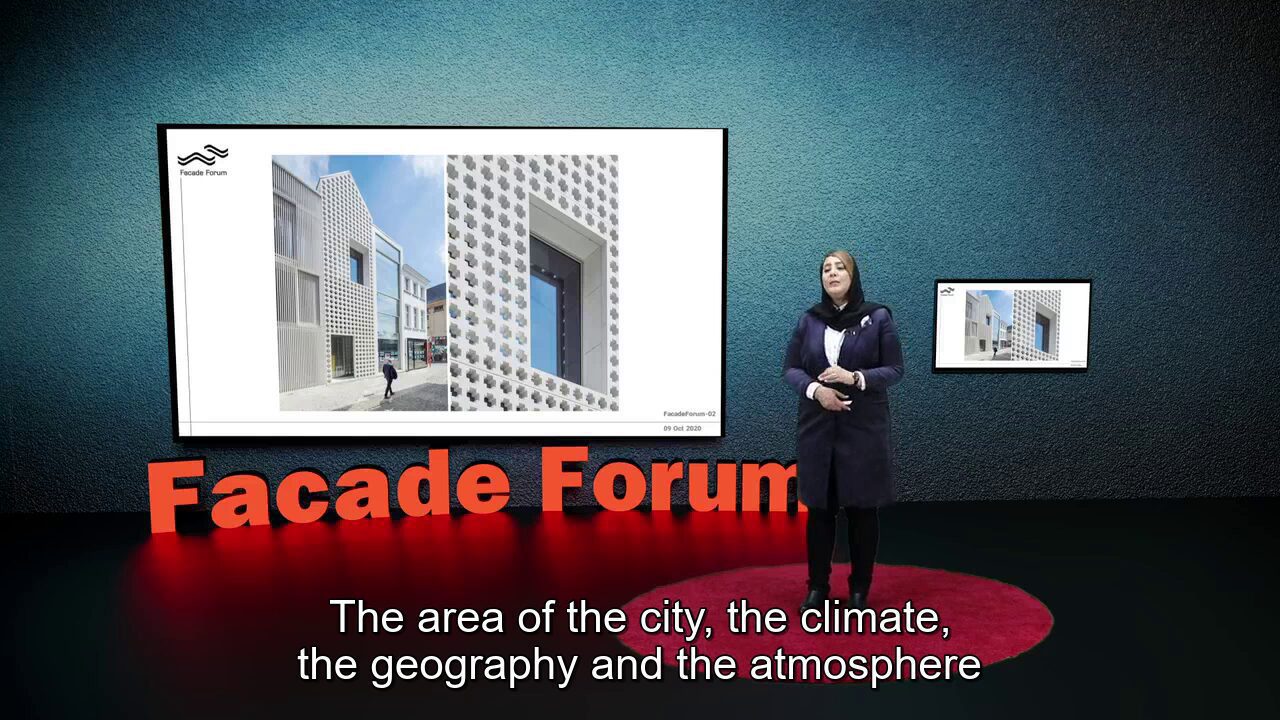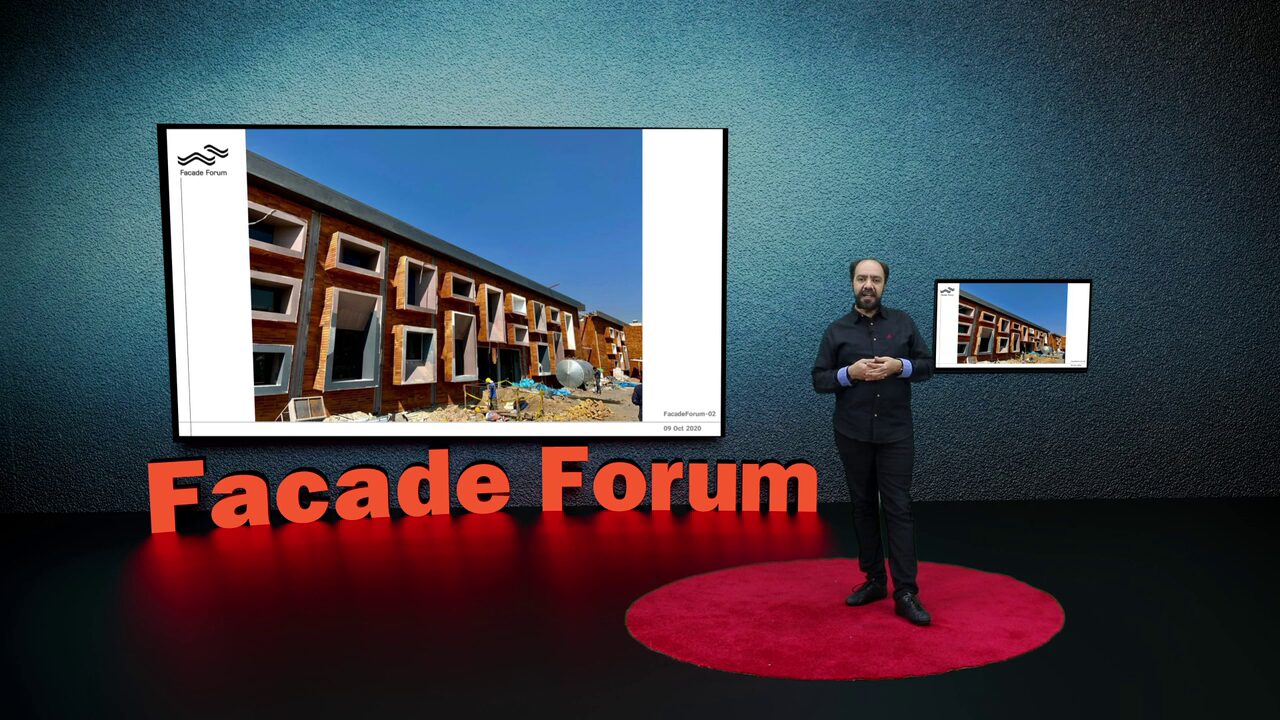سفری در مسیر نوآوری: پروژه باغ ایرانی
توسط میثم نصیری (مدیر پروژه وقت شرکت پایژه نما)
در منظره گسترده و در حال تحول اعجوبههای معماری، پروژه باغ ایرانی به عنوان یک شهادت به ادغام زیباییشناسی سنتی و مهندسی مدرن ایستاده است. با مدیریت میثم نصیری، سرپرست از بخشهای فنی شرکت پایژه نما ، این پروژه جوهر نوآوری را در قلب باغ ایرانی مال ایران به تصویر میکشد. در این ویدئو ، بینندگان نگاهی به پیچیدگیها و مقیاس چشمگیر این پروژه پیدا میکنند. به عنوان یک مشاهدهگر سوم، من توسط روایت آقای نصیری و کار نوآورانه تیمش جذب شدم و دوست دارم افکار و نتایجی که از این سفر جذاب به دست آوردم را به اشتراک بگذارم.
فهم دامنه پروژه ایرانمال
پروژه باغ ایرانی یک زمینه معماری معمولی نیست. این یک بیان جسورانه در زمینه ساخت و طراحی است، توسط یکی از ویژگیهای برجسته آن – پایهها و استفاده گسترده از شیشه – مشخص میشود. به گفته آقای نصیری، این پروژه دارای ۶,۵۰۰ متر مربع شیشه نصب شده در پنجرهها و پلها است که آن را به یکی از بزرگترین پنجرهها در جهان تبدیل کرده است. این ویژگی تنها پروژه باغ ایرانی را از دیگر پروژهها متمایز میکند و نوآوری در رویکرد خلق آن را بیان میکند.
چالش مقیاس و شفافیت
یکی از جنبههای جالب توجهی که آقای نصیری به آن اشاره کرد، اندازه شیشههای استفاده شده در پروژه بود. شیشهها، که به عنوان R4 دستهبندی شدهاند، ارتفاع ۵.۳۲ متر دارند و با یک آپارتمان دو طبقه یا یک درخت بالغ قابل مقایسه هستند. این انتخاب جسورانه نه تنها نیازمند دقت در برخورداری و نصب بود، بلکه باعث بازبینی برنامههای اولیه شد تا دیداری ظاهری از روشنایی و شفافیت پروژه حفظ شود.
راه حلهای نوآورانه و تسلط فنی
موفقیت پروژه بر پیشگیری از چالشهای فنی تکیه داشت، به ویژه در ارتباط با حمایت و اتصال شیشه. ابتدا، برنامه شامل دو اتصال با ارتفاعهای مختلف بود. با این حال، برای به دست آوردن یک ظاهر بدون سایه، تیم از یک بدن ترکیبی برای مقابله با شیشه استفاده کرد. این منجر به ایجاد یک ساختار مارپیچ شد و به پروژه لایهای دیگری از پیچیدگی و جذابیت اضافه کرد.
چشم انداز معماری و زیباییشناسی
فراتر از جزئیات فنی، پروژه باغ ایرانی یک شگفتی از زیبایی معماری است. تیم آقای نصیری از یک فرآیند طراحی دقیق برای اطمینان از اینکه هر جزء از پروژه، از رنگآمیزی شیشه تا ترتیب و نصب، به زیبایی کلی کمک کند، استفاده کرد. استفاده از نقاط رنگی و قطعات شیشه شفاف اثر بصری پویا ایجاد کرد و جو باغ ایرانی را تقویت و جذابیت بخشید.
اجرا و چالشها
مرحله اجرا از پروژه با چالشهای زیادی همراه بود، از تولید دقیق شیشه تا موانع لجستیکی نصب. تیم باید اطمینان حاصل میکرد که هر قطعه شیشه با استانداردهای سخت کنترل کیفیت همخوانی داشته باشد و همچنین با پیچیدگیهای مرتبط با مونتاژ چنین نصبی بزرگ، روبرو شود. این فرآیند شامل تکنیکها و تجهیزات نوآورانه شامل استفاده از یک گانتری برای عملکرد کارآمد بود.
نتیجهگیری
پروژه باغ ایرانی، به روایت میثم نصیری، یک دستاورد قابل توجه در زمینه طراحی و مهندسی معماری است. این نشان میدهد که چگونه دیدار، نوآوری و تجربه فنی میتواند با یکدیگر تلفیق شوند و چیزی واقعاً منحصر به فرد ایجاد کنند. برای ما که از کنار خطوط این پروژه تماشا میکنیم، یادآوری الهامبخشی از امکاناتی است که در تلاقی سنت و مدرنیته وجود دارد.
پرسشهای متداول
1. چه چیزی پروژه باغ ایرانی را منحصر به فرد میکند؟
این پروژه به خاطر استفاده گسترده از شیشه، شامل برخی از بزرگترین پنجرهها در جهان، و یک طراحی که تاکید بر شفافیت و روشنایی دارد، متمایز است.
2. نقش رنگ در طراحی پروژه چیست؟
رنگ به صورت استراتژیک برای تقویت تأثیر بصری نصبهای شیشه استفاده شد. استفاده از نقاط رنگی و قطعات شیشه شفاف اثر پویا و پویایی در باغ ایرانی ایجاد کرد.
3. چه چالشهای اصلی در طول پروژه به وجود آمد؟
چالشها شامل مدیریت مقیاس و پیچیدگی نصب شیشهها، اطمینان از کنترل کیفیت و نوآوری در راهحلهای ساختاری و زیباییشناسی بودند.
4. چگونه مشکل سایهپذیری در طراحی حل شد؟
برنامه ابتدایی تغییر یافت تا شامل یک بدن ترکیبی برای مقابله با شیشه شود که این امکان را برای دستیابی به یک ظاهر بدون سایه فراهم کرد.
A Journey Through Innovation: The Iranian Garden Project PeyzhehBanaNama
In the vast and evolving landscape of architectural marvels, the Iranian Garden project stands as a testament to the fusion of traditional aesthetics and modern engineering. Spearheaded by Meisam Nassiri, the head of one of the technical departments specializing in the production of industrial and modern samples, this project encapsulates the essence of innovation in the heart of Iran Mall’s Iranian Garden. Through a detailed video recorded by Mr. Nassiri himself, viewers are given a rare glimpse into the complexities and the sheer scale of this undertaking. As a third-party observer, I was captivated by Mr. Nassiri’s narrative and the groundbreaking work his team accomplished, and I would like to share my thoughts and takeaways from this fascinating journey.
Understanding the Scope
The Iranian Garden project is not just another architectural endeavor. It’s a bold statement in the realm of construction and design, characterized by one of its most striking features – its handrails and the expansive use of glass. According to Mr. Nassiri, the project boasts 6,500 square meters of glass installed in windows and bridges, making it home to some of the largest windows in the world. This feature alone sets the Iranian Garden apart from other projects, highlighting its uniqueness and the innovative approach of its creators.
The Challenge of Scale and Transparency
One of the most intriguing aspects Mr. Nassiri discussed was the sheer size of the glass used in the project. The glass, classified as R4, measures 5.32 meters in height, comparable to a two-story apartment or a mature tree. This ambitious choice not only demanded precision in handling and installation but also a reevaluation of initial plans to maintain the project’s aesthetic vision of lightness and transparency.
Innovative Solutions and Technical Mastery
The project’s success hinged on overcoming technical challenges, particularly in how the glass was supported and connected. Originally, the plan involved two connectors of different heights. However, to achieve a shadow-free appearance, the team opted for a composite body counteracting the glass. This led to the creation of a spiral structure, adding another layer of complexity and visual appeal to the project.
The Architectural and Aesthetic Vision
Beyond the technicalities, the Iranian Garden project is a marvel of architectural beauty. Mr. Nassiri’s team employed a meticulous design process to ensure that every aspect of the project, from the coloration of the glass to the arrangement and installation, contributed to the overall aesthetic. The use of colored dots and clear glass segments created a dynamic visual effect, enhancing the garden’s ambiance and appeal.
Execution and Challenges
The execution phase of the project was fraught with challenges, from the precise fabrication of the glass to the logistical hurdles of installation. The team had to ensure that every piece of glass adhered to stringent quality control standards while also navigating the complexities of assembling such a large-scale installation. This process involved innovative techniques and equipment, including the use of a gun-tree for efficient operation.
Conclusion
The Iranian Garden project, as narrated by Meisam Nassiri, is a remarkable achievement in the field of architectural design and engineering. It exemplifies how vision, innovation, and technical expertise can come together to create something truly extraordinary. For those of us watching from the sidelines, it serves as an inspiring reminder of the possibilities that lie at the intersection of tradition and modernity.
FAQs
1. What makes the Iranian Garden project unique?
The project is distinguished by its extensive use of glass, including some of the largest windows in the world, and a design that emphasizes transparency and lightness.
2. What were some of the major challenges faced during the project?
Challenges included managing the scale and complexity of the glass installations, ensuring quality control, and innovating solutions for structural and aesthetic concerns.
3. How was the problem of shadowing addressed in the design?
The initial plan was modified to include a composite body in contrast to the glass, which allowed for the achievement of a shadow-free appearance.
4. What role did color play in the project’s design?
Color was used strategically to enhance the visual impact of the glass installations. The use of colored dots and clear glass segments created a vibrant and dynamic effect within the Iranian Garden.





